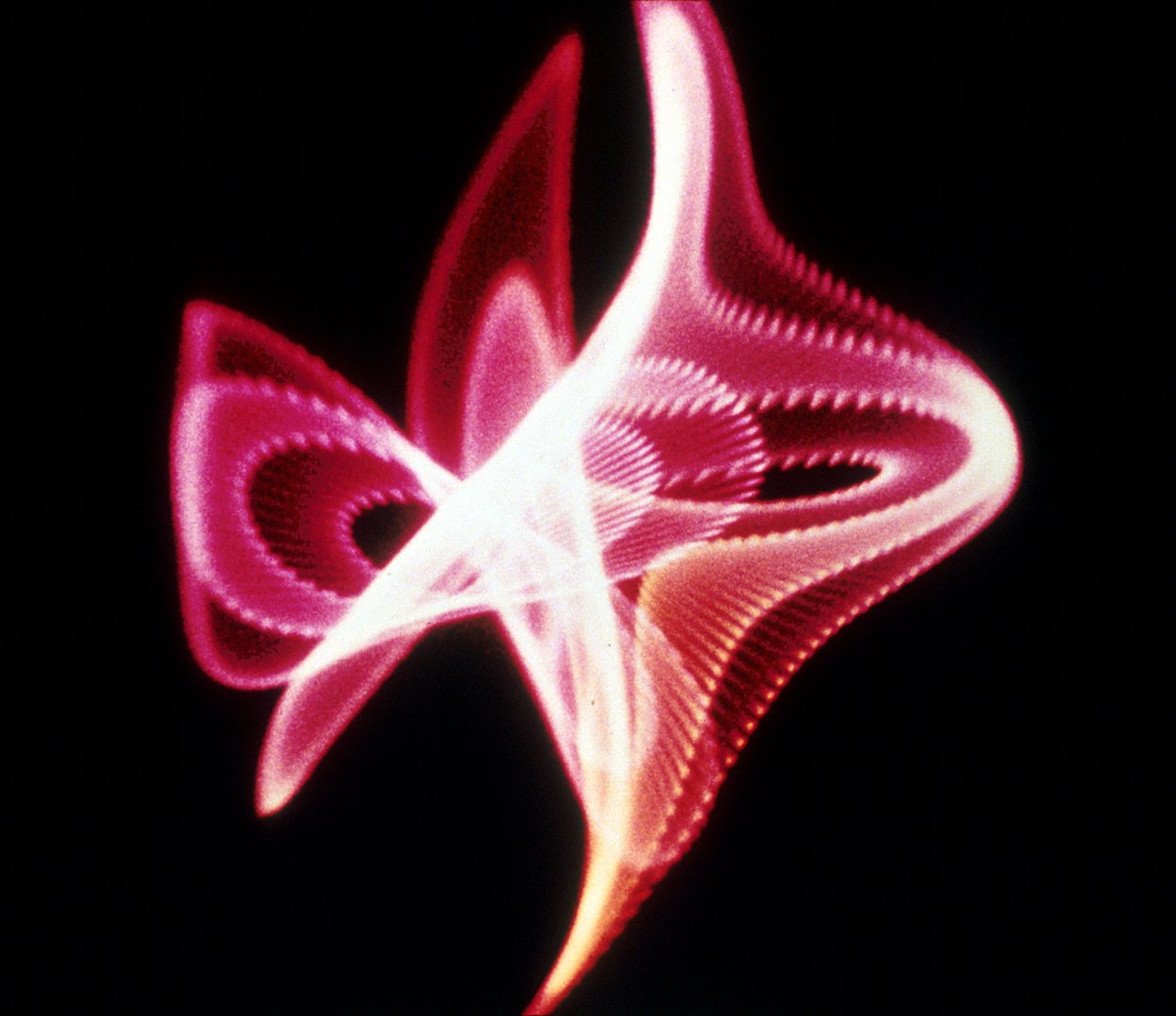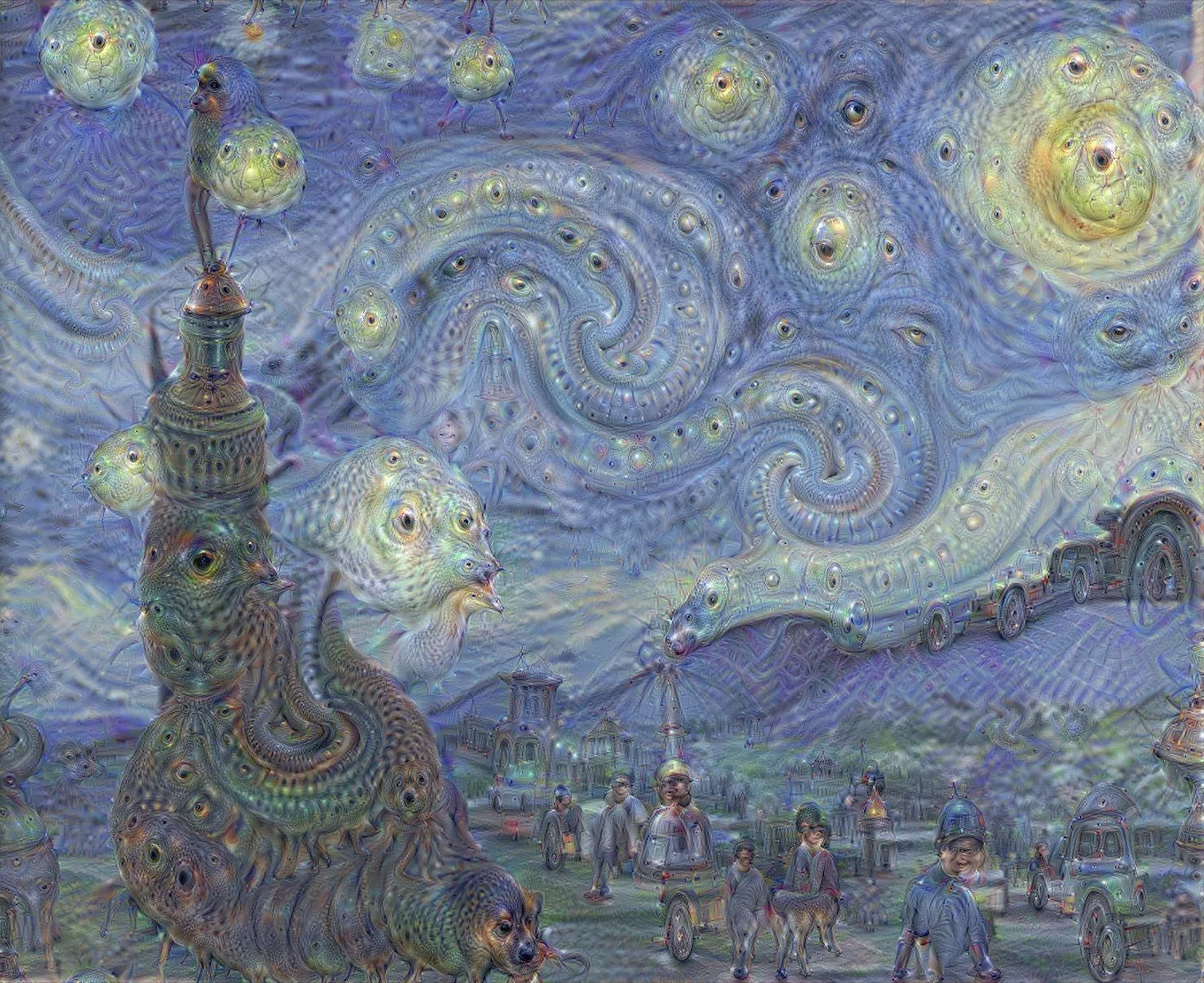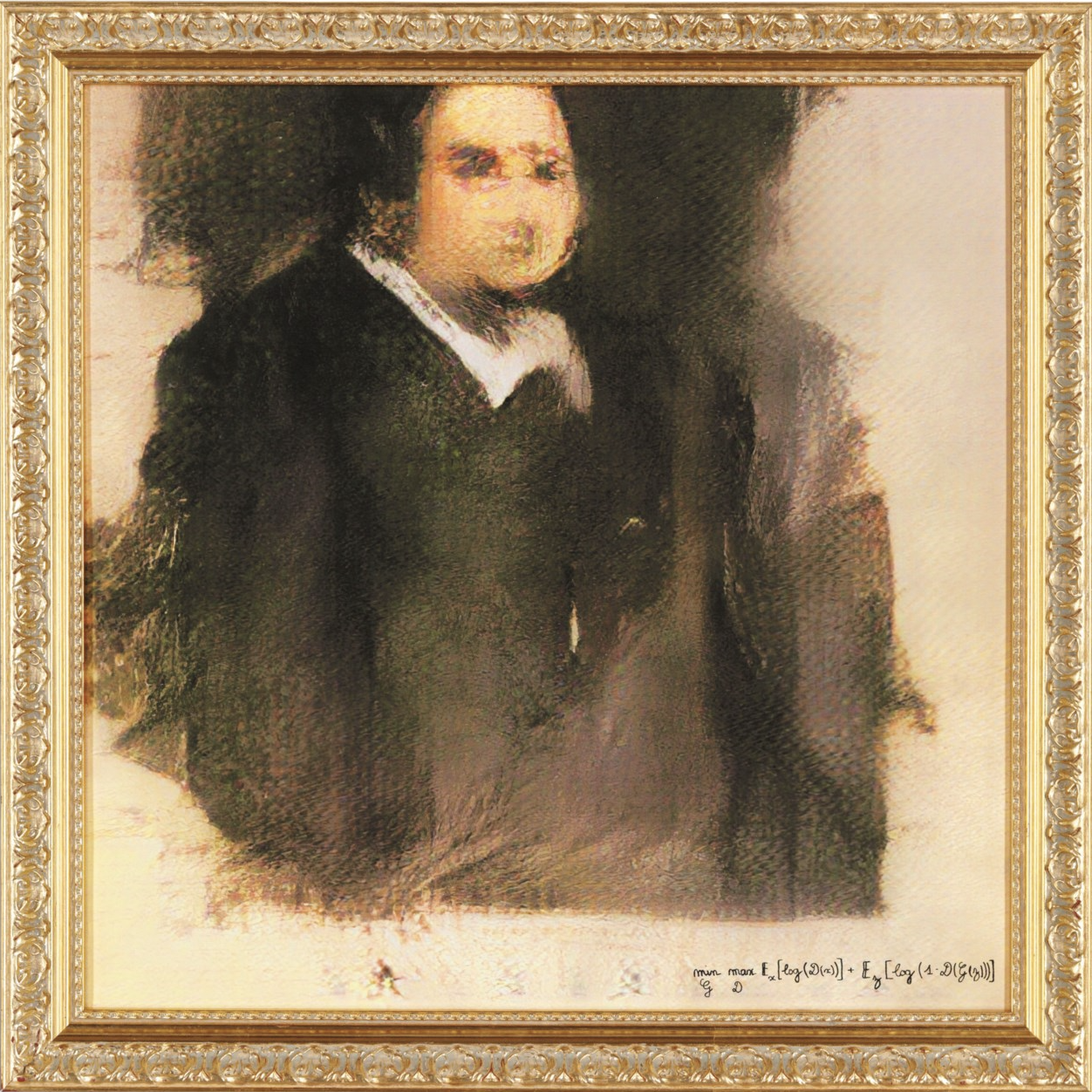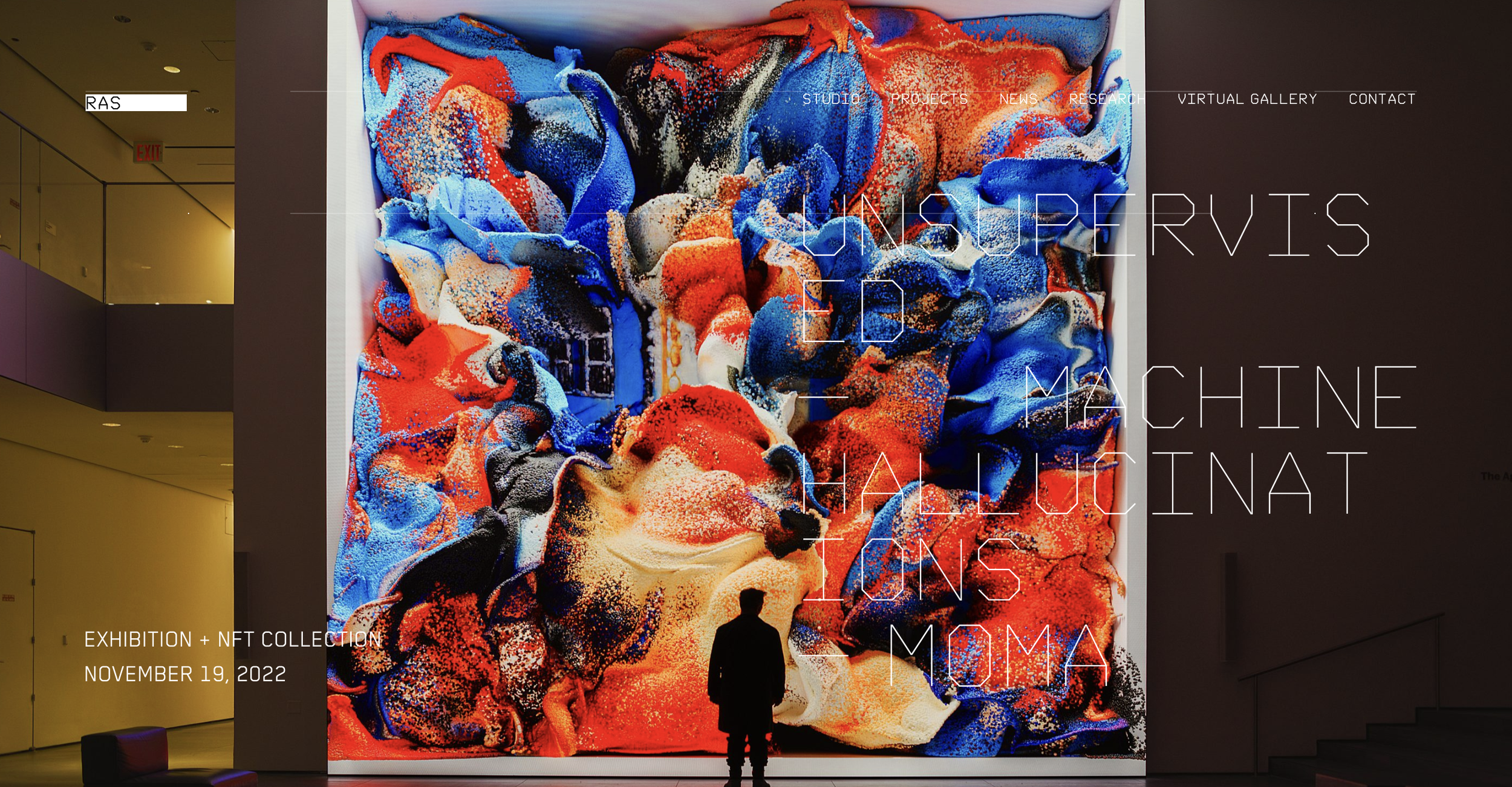AI Art: Your full guide to artificial intelligence art
We currently live in a day and age where artificial intelligence is capable of designing a magazine cover, composing a banger of a song, and creating art that gets sold for $432,500. The AI art movement is coming fast and strong, igniting awe as well as concern.
AI art generators can create artworks in styles of various periods and cultures within seconds, based on a few prompts fed to the algorithm. Furthermore, humans collaborate with AI to create incredible artworks that extend and completely revolutionize creative processes.
AI provides an immense potential to enhance human creativity — and it’s not going anywhere. Here’s an introduction to how you can use artificial intelligence to create art.
What is AI art?
First things first, what is artificial intelligence art? AI art refers to art generated with the assistance of algorithms, machine learning systems, and autonomous robots.
The history of AI-generated art
Using computers to create art isn’t actually new — In 1953 Ben F. Laposky showcased the abstract art he created using wave generators and electronic circuits. His exhibition “Oscillons” may be the first time computer graphics entered the art scene, and Oscillon 40 (see below) is considered the earliest digital artwork in the Victoria and Albert Museum collection.
Computer generated art: Oscillon 40 by Ben F. Laposky, 1952.
Computer generated art: Oscillon 1049 by Ben F. Laposky, 1956.
In 2015, Google engineer Alexander Mordvintsev developed DeepDream, a computer program that could create complex AI images using neural networks. A neural network is a type of machine learning process where the computer is trained to process data just like humans do.
Mordvintsev discovered that he could reverse-engineer the software that’s designed to detect faces and other patterns in images and train it to create images based on input.
AI art created using DeepDream: Alexander Mordvintsev’s take on Van Gogh’s Starry Night, 2015.
AI art created using DeepDream: adam_3a_to_5a by Kyle McDonald, 2015
Since 2018, when the AI-generated portrait called “Edmond de Belamy” was sold for $432,500 at Christie’s, AI art started to receive more public interest as well as broader media coverage.
Generative Adversarial Network print on canvas: Edmond de Belamy, from La Famille de Belamy, published by Obvious Art, 2018.
As these neural networks have gotten smarter, the images AI programs create have gotten better — to a point that an AI-generated photograph recently won an award. The photographer admitted that he used AI and turned down the award, but the point was made.
Is AI-generated art copyrighted? Can you claim AI art as your own?
This is where we see how this technology can be more advanced than the policies and regulations around it. Currently, the U.S. Copyright Office cannot register an artwork created by an AI image generator because only humans can hold copyrights and guess what — AI is not human.
However, AI cannot create artwork itself without being prompted by a human; therefore the prompts artists use to generate those works may be protectable. Even then, the Copyright Office isn’t convinced that these prompts would be enough to justify protection, as the AI brings about unpredictable results for any prompt.
So, is it illegal to sell AI-generated art?
Well, no. The sale of AI-generated art remains a legal grey area. There aren’t any explicit laws against it, and as long as the image is sufficiently original, it’s perfectly fine to sell your AI art!
No way — can you sell AI-generated images?
Yes! Just make sure that the AI generator’s license agreement permits commercial use. So, read the terms and conditions carefully.
For instance, DALL-E grants the user the right to reprint, sell, and merchandise the images created with the generator, whereas Midjourney doesn’t grant you ownership to the generated images unless you are a paid member.
So where can you sell AI-generated images? Can you sell AI-generated art as NFTs?
You can sell your AI art as stock images on platforms like Adobe Stock and DreamsTime, or use Wirestock to makes this process even easier!
You can also sell your AI art as canvas prints, book covers, and so much more. You can mint them as NFTs and make them available to collect on NFT marketplaces.
But then why is AI-art controversial?
The biggest concern AI-generated art raises is around creator rights. These neural networks learn how to create art like humans via publicly available artwork from around the web, and the artists don’t necessarily give authorization for their work to be fed into an algorithm. Plus, they aren’t given any kind of credit for the output.
While a lot of artists are protesting against the rise of AI-images, we’re refraining from bashing AI-art all together, because artificial intelligence is still an incredible tool for artists to create astounding art and it does not have to involve stealing.
How to make money with AI art
OK, it’s finally time for the burning question — how do you make money with AI-generated art?
The laziest and easiest way to sell AI-generated art is to:
1- Create beautiful images using AI-art generators, making sure that you have ownership to use them commercially and to sell.
2- Get an account on a platform like Etsy, Redbubble, or Society6 where you can sell your AI-generated art online.
3- Partner up with a print-on-demand service such as Printful and link it to your online shop. These services do virtually everything for you — they create the physical artwork, ship it to the buyer, and handle customer service.
4- Promote your products on social media to generate more sales and that’s it!
How do I get good quality AI art?
Start by clearly defining what you’d like your image to look like, and make sure to specify your art style and add thoughtful details. Understand AI art prompts and polish your them to reflect exactly what you want. The rest is to keep experimenting and iterating!
That’s only one way to how you can make money with your AI images – however, you’d only be barely dipping your toes into a vast ocean of creative possibilities that artificial intelligence offers to artists. What if you could build a legacy with AI-art?
Digital artists establish their own unique styles and create incredible art using artificial intelligence, get featured in exhibitions worldwide, are recognized by the world’s most prestigious art organizations, and help move the needle in the history of contemporary art. Below are three of them for you to get inspired.
Let’s be friends on Instagram!
〰️
Let’s be friends on Instagram! 〰️
If we’re talking about making history and building a legacy using AI technology, we have to talk about Sasha Stiles.
Sasha Stiles is a poet, a digital artist, and a pioneer in the field of AI-powered literature. In 2022, the generative text poem “COMPLETION: When it’s just you,” co-authored by Sasha Stiles and her AI-powered “alter ego,” was sold at Christie’s, making Stiles the first writer to bring AI-generated literature to a major auction house.
She has been experimenting with algorithmic language tools like GPT-2 since 2018. Her practice took an invigorating turn when she asked the AI to translate a poem she was working on into a trans-human language — a poem about what it means to be human in a post-human age.
Stiles started using AI-powered language models to revise her verses and even further reflect her voice as a poet. She trained her “AI alter-ego” by feeding it with her own writings as well as texts by other writers that were influential for her, such as T.S Elliot, Sylvia Plath, Allen Ginsburg, Walt Whitman, and Octavia Butler.
By giving the AI all the information in her head, Sasha Stiles asks her AI alter-ego to write more like her.
While this method may seem far from the nature of human poetry at first glance, Stiles reminds us that all the information the AI uses is coming from her, and they are already programmed into her mind and soul. She mentions William Burroughs’ cut up method and Tristan Tzara and the Dada movement to point out that a human’s writing process isn’t strictly contrary to that of an AI.
She underlines that poetry itself is based on patterns and rules and is very algorithmic in a way, and she therefore finds that AI technology can be a powerful source to fuel imagination and storytelling by allowing us to tap into a massive collective consciousness — and we are all for it!
Sasha Stiles is also featured in 10 Digital Artists: Women in digital arts you need to know
We grow our language toward the sky, Generative textblock (one in an ongoing series) co-authored by Sasha Stiles and her AI poet alter ego, Technelegy. Sound by Kris Bones. 2021.
Another digital artist you need to know who utilizes artificial intelligence to create astounding art is Saeko Ehara. Take her BRIGHT GIRLS (2023) collection as an inspiration.
Bright Girls is an NFT collection of 100 videos Saeko created to be exhibited at the Digital Garage in Shibuya PARCO as part of Bright Moments' JAPANESE CONTEMPORARY collection — primarily using artificial intelligence.
Using Midjourney, Saeko created adaptations of Leonardo da Vinci's Mona Lisa, Johannes Vermeer's Girl with a Pearl Earring, and Gustav Klimt's Portrait of Adele Bloch-Bauer I. She altered the images in her style using Adobe Photoshop before creating the videos in TouchDesigner.
Through the collection, Saeko shows how artificial intelligence can be used to create something profoundly original — the artworks by the great masters of the history of art are no longer copyright protected, therefore are fair to use. Furthermore, adjusting the images to fit her own unique style, Saeko ensures the outcome is original, authentic, and stunning.
Saeko Ehara is also featured in 10 Digital Artists: Digital flowers that blossom in our hearts
Composition of the collection, BRIGHT GIRLS by Saeko Ehara, 2023.
The third inspiration of the day is Refik Anadol, an internationally renowned new media artist who’s best known for his use of artificial intelligence to create large-scale public artworks.
Anadol’s biggest inspiration is fluid dynamics — he uses generative algorithms and custom softwares to create his signature art, a mesmerizing fluid-like representation of data, which he calls “Machine Hallucinations.”
Anadol used artificial intelligence to transform the collection of New York’s Museum of Modern Art into an artwork that generates new forms in real time.
For Unsupervised, he trained a sophisticated machine-learning model on the publicly available data of the MoMA collection. When he asks the AI to interpret the data, we see a captivating dream of a machine based on more than 200 years of art.
















